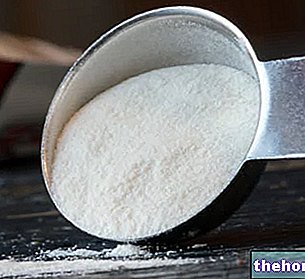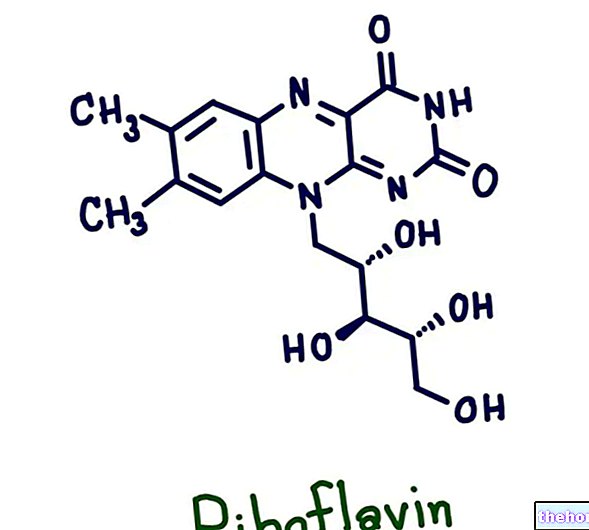Pyridoxine is phosphorylated to pyridoxine 5 "-phosphate, which is then oxidized to pyridoxal 5" -phosphate, whose aldehyde group has the ability to react with the primary amino groups giving Schiff bases and making the amino acid molecule sensitive to numerous reactions.
The primary function of vitamin B6 is as a coenzyme to support various enzymes mainly involved in the metabolism of amino acids.
of intestinal epithelial cells the vitamin is again phosphorylated and retained here until it is transformed into pyridoxine phosphate. Some factors such as technological treatments, the adsorbing power of dietary fiber and the presence of vitamin B6 analogues (hydroxy-pyridoxine or glycosylated pyridoxine) can limit its bioavailability., bound to albumin and by red blood cells, bound to hemoglobin.
Most of the vitamin is deposited in the liver and subsequently transported from the plasma to the tissues in a dephosphorylated form. Excess pyridoxal is converted to 4-pyridoxal acid and eliminated in the urine.
The total pool of vitamin B6 in the human body is about 1 mmol and 80 ÷ 90% is concentrated in the muscle mainly in the form of pyridoxal phosphate bound to glycogen-phosphorylase.
; the binding of pyridoxal phosphate with the apoenzymes occurs through the formation of a Schiff base between the C ketone of the coenzyme and the e-amino group of a lysine residue of the apoenzyme.
Vitamin B6 intervenes in the reactions of:
- transamination of α-amino acids;
- decarboxylation of α-amino acids;
- oxidative deamination of amines, dehydration of serine;
- detachment of sulfur from cysteine;
- enzymatic racemization, in the interconversion of L- and D-amino acids.
Pyridoxal phosphate also intervenes:
- metabolism of tryptophan (kynureninase);
- transformation of linoleic acid into arachidonic acid;
- formation of sphingolipids of the myelin sheath;
- synthesis of many neurotransmitters: serotonin, taurine, dopamine, norepinephrine, histamine and γ-aminobutyric acid (gamma-aminobutyric);
- formation of δ-amino-levulinic acid (a precursor of heme);
- in the catalysis of the glycosidic bond (glycogen-phosphorylase);
- as a modulator of steroid hormones.
Severe hypovitaminosis is known in infants fed with unsuitable commercial formulas, resulting in CNS disorders (convulsions).
Rat deficiency is known and manifests as dermatitis (tail, legs, ears, nose and around the eyes) accompanied by stunted growth, edema, hypochromic anemia and nervous disorders.
Toxicity is quite low, occurs with doses> 250 mg / day with the appearance of neurotoxicity (peripheral sensory neuropathy) and photosensitivity.
and in the aleuronic layer), legumes, nuts.Especially in food of origin vegetable Vitamin B6 is found bound to proteins or non-protein compounds (glycosides) which make it unavailable, therefore it is provided in greater bioavailability by foods of animal origin.
/ day. An increase of 20% and 30% respectively is expected for the pregnant woman and the nurse.
For further information: ZMA: Zinc Magnesium and Vitamin B6



























